In the following article, you will learn how exactly the oceans determine the climate of this earth. In addition, this article will inform you about the human activities that disrupt this precious ability and how we can save the climate by protecting the oceans.
How oceans regulate the climate
You don’t have to have seen this in real life to realize why we call our Earth the Blue Planet: More than 70% of its surface consists of water!
No surprise, then, that the oceans have an incredible impact on our climate. They counteract temperature rises and prevent droughts. At the same time, they regulate the oxygen content of our air and determine the weather, the carbon cycle and the water cycle! This means, for example, that the oceans absorb more than ¼ of the CO2 we emit. As a result, in the last century, they have absorbed more than 90% of the heat resulting from the human enhanced greenhouse effect.
But what are the underlying mechanisms?
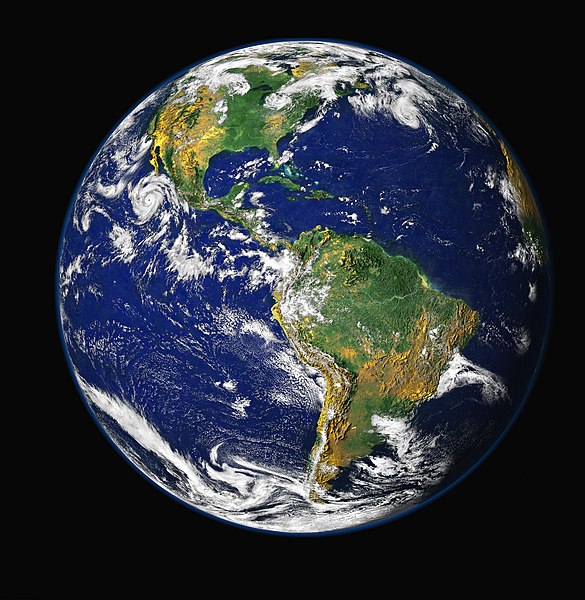
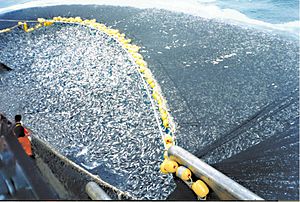
The term bycatch is also worth mentioning. Bycatch means those caught animals that were not the target of the catch and are usually disposed of dead back into the sea. This affects 300,000 whales and dolphins annually. The number of sharks killed as bycatch is even more incredible: between 11,000 and 30,000 sharks per hour! As you finish reading this sentence, 9 – 25 sharks have been killed worldwide. Sea turtles are also regularly caught as bycatch, so that 6 out of 7 species of sea turtles are now threatened with extinction by fishing.
In addition, industrial fishing disrupts the marine food chain, another key element in the functioning of the oceans. It is very important for CO2 to be absorbed from the atmosphere, stored, and transported to the depths of the oceans. The food chain functions in a highly dynamic way: phytoplankton, for example, find important nutrients in the remains of whales, which is why the number of CO2-absorbing phytoplankton increases with the number of whales. At the same time, they are the basis of whales’ nutrition, so they also increase their numbers. As you can see, balance is really essential.
However, fishing targets selected fish species, thereby disturbing the balance of food chains and altering ocean ecosystems. More specifically, it mainly targets so-called prey hunters, which are those fish that are at the top of the food chain. These include tuna, swordfish, cod, halibut and flounder. Their stocks have declined by 90% since 1950 and their disappearance affects the survival of all other fish.
Pollution plays another role in overfishing. Fishing nets alone account for 46% of the visible plastic in the oceans worldwide. By contrast, plastic straws, which we were so pleased to see banned, are a joke: they represent 0.03% of the plastic found in the oceans. Fishing equipment has also been designed to last underwater for as long as possible. Accordingly, it remains intact for a long time when fishermen throw defective parts off the boat. It is deadly for larger animals, that get entangled or suffocate on it, and for smaller animals, that eat the decomposed parts of the nets and are poisoned. Consequently, the plastic also ends up on our plates due to the food chain.
Ecosystems in coastal regions also suffer from pollution. When they die, we in turn suffer because stored carbon is released.
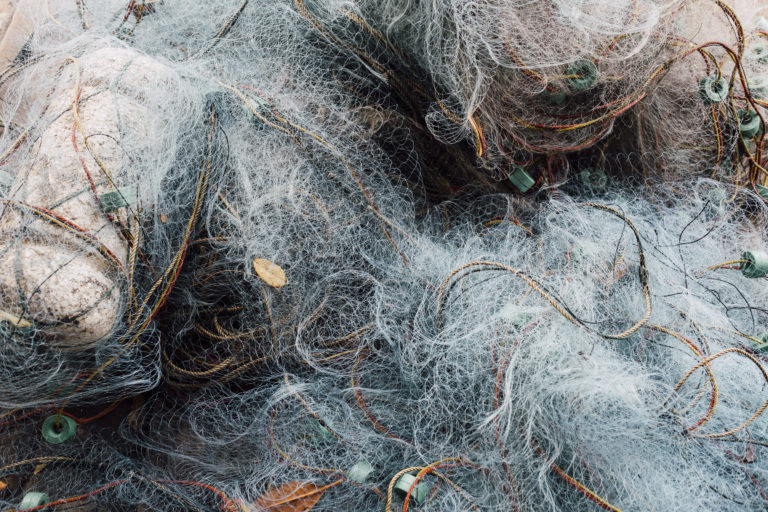
Lastly, the influence of global warming should be addressed. How we humans are responsible for global warming, you can read about here. Of course, this warming does not stay on land, but affects the oceans as well. Rising water temperatures are death sentences for many of the species that live there. For this reason, for example, since 1950 the amount of plankton has shrunk by 40%. In addition, ocean acidification occurs: the pH of the water decreases and the chemical balance of the sea is disturbed. This has effects on all marine life, as they cannot escape the uninhabitable water.
Numerous examples have thus shown us how industrial fishing disrupts the oceans’ ability to absorb CO2. In addition, the oceans’ tasks are made more difficult: long-stored CO2 is released through fishing, global warming and the death of marine plants, among other things.
You may be wondering what the situation is with fish from fish farms, i.e. aquacultures. This is where half of the fish we consume currently comes from. In general, aquacultures can contribute to solving the problem described, but necessary improvements must take place. To begin with, the construction of such facilities often destroys coastal ecosystems. For example, 38% of the destruction of mangrove forests is due to shrimp farming. Applied antibiotics and chemicals intended to protect farmed fish from disease remain in the water and enter the oceans. Lastly, it should be mentioned that 2.5 – 5 kg of wild fish is needed as feed to produce 1 kg of predatory fish (which includes salmon and dorado, for example). By feeding the farmed fish with fish caught in oceans, aquacultures contribute to overfishing.
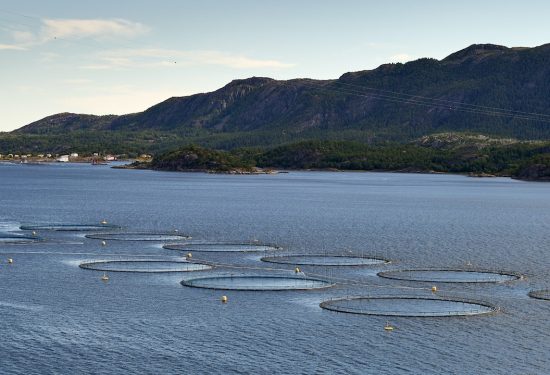
However, it is not only the fish and the environment that suffer. Overfishing also reinforces social injustices. 97% of the people working in fisheries come from developing countries. However, industrial fishing did not create jobs for them in the first place. They also worked as fishermen before that, but were no longer able to compete with ships that were geared to efficiency and profit.
The progressive emptying of the oceans will cost these already poor people their source of income and their main source of food. When, as estimated in 2048, there are no more fish in the oceans, they will have to leave their homes behind to find a basis for survival elsewhere. This will affect around 800 million people.
Turning the tide
The ocean represents the largest source of food in the world. That’s why the United Nations has included the sustainable use and conservation of the oceans and seas in its Sustainable Development Goals. But what does sustainable fishing look like?
First of all, transparency must be created in the industry. So far, there is no reliable or even any data on emissions from the fishing industry. Such figures are needed in order to develop strategies that target the right places.
In addition, of course, overfishing must be stopped, because this is the only way species can recover. Scientifically, there is no alternative solution to this. The following applies here: The faster and the more intensive the protection, the faster regeneration will occur and the sooner the fish stocks can continue to be exploited. So the sooner this is implemented, the shorter the break in fishing.
Moreover, sustainable fishing means:
- Protecting the fish at the top of the food chain
- Ensure that fisheries fish legally and sustainably while protecting ecosystems
- Less pollution
Lastly, the number of whales must increase so that we can again benefit from these huge CO2 sinks.
“Whales are the memory of the earth and guardians of time. When whales are no more, man’s days are numbered.” (Indigenous saying)
Sustainable fishing also benefits the economy: if the seas were managed more sustainably, yields would be much more profitable and their quality would increase.
Less is more!
In order to initiate the aforementioned change, politics must of course make the appropriate regulations. However, we as consumers determine the market economy and can thus exert an important influence.
- Let’s perceive fish as the delicacy that it is. That means less often but with that much more appreciation!
- ther sustainable fish really exists is a matter of debate. But with seals, you can at least rely on some standards being met. The organic seals of Bioland and Naturland promise this for fish from aquacultures.

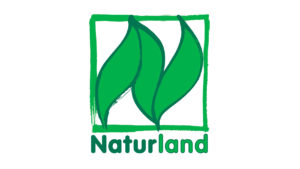
The seals from the MSC (for wild catch) and asc (for farmed catch) give indications of responsible fish, but have been criticized for their very lax regulations.
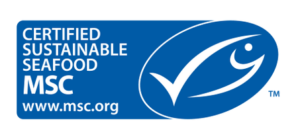
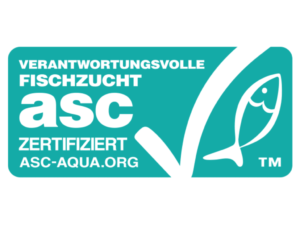
- Otherwise, the following recommendations apply to reduce overfishing: Wild salmon in Alaska and pollock in the North Atlantic have stable stocks. Carp and trout from Europe and shrimp from organic aquacultures can also be consumed with a clear conscience. Avoid fish species that are threatened. These include tuna, redfish, mackerel, eel, wild Atlantic salmon and any kind of shark – including the coveted schillerlock. The consumer advice center has a helpful fish guide, which you can find here.
- Besides, there are now really good fish-free alternatives! Especially processed products like fish sticks taste really good, even when vegan.
- The important omega-3 fatty acids found in fish are also found in other products. These include linseed oil and flaxseed, walnuts and their oil, and canola oil. In addition, these alternatives do not contain pollutants such as heavy metals.
- Watch the documentary film Seaspiracy! The director very clearly explains the effects of fishing on the environment. Since some of the facts used are exaggerated, you can find a fact check here. The film’s own website also explains the sources.
- Support petitions like the one from Seaspiracy, which is committed to ensuring that 30% of the oceans are free of fishing by 2030. PETA is also campaigning for more marine protected areas with its petition.
- Donate! Through Greenpeace, your money goes to the oceans in the form of marine conservation
So: Join us in making the oceans more colorful again!
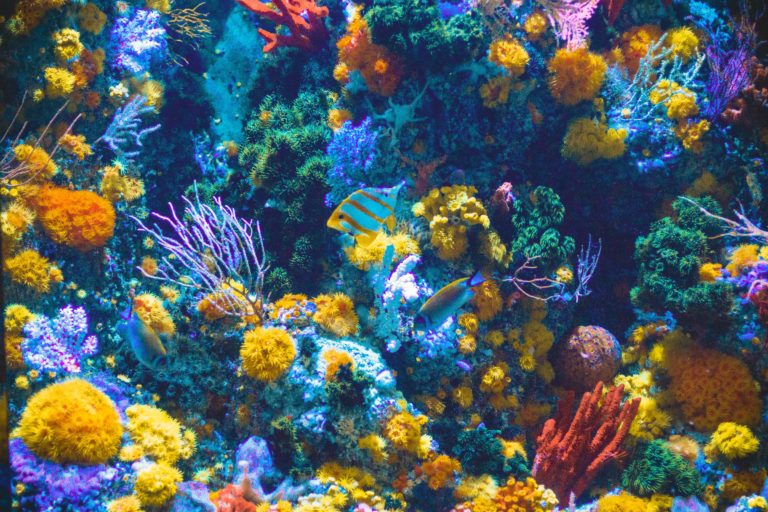
We’ve seen the ways in which the oceans create incredible things for our climate, weather, and planet. However, for-profit fishing is emptying and polluting the oceans, destroying their ecosystems and food chains. Sustainable fishing is the key to continuing to benefit from the important properties of the oceans. This requires political regulation, but also the influence of us as consumers.



